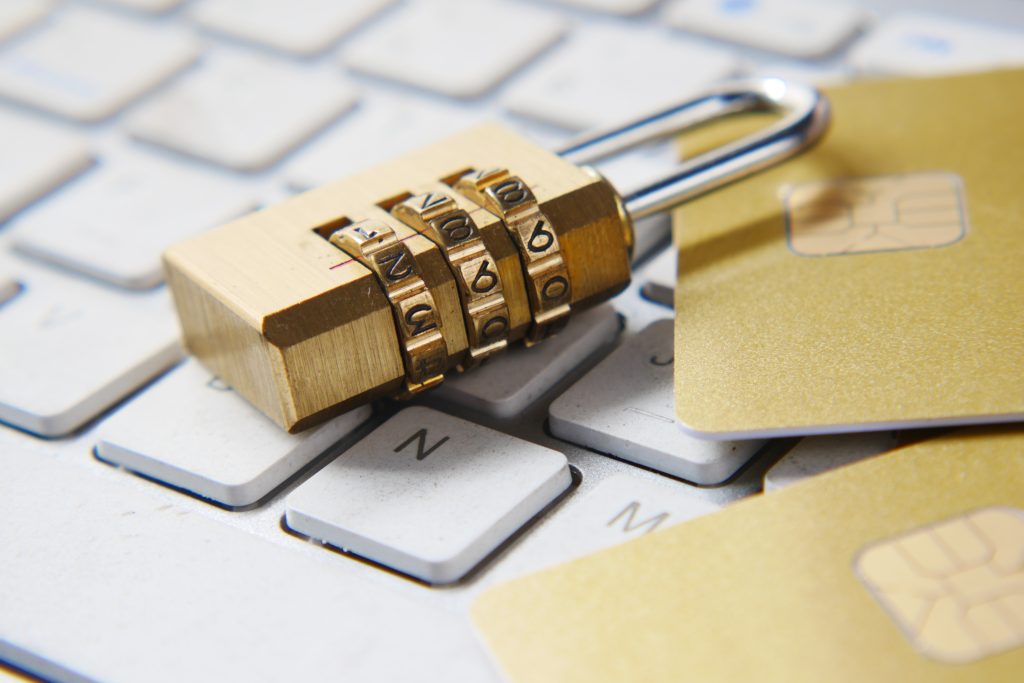Are you aware of all your cybersecurity weak spots? How confident are you that your data is secure and protected from losing your device and other attacks? It’s a tougher question than ever before! In today’s digital world, the reality is we can never be too sure. Fortunately, there are steps companies can take to identify their security weaknesses so they can protect against them. In this post, we’ll dive deep into knowing your cybersecurity weak spots – exploring both where and how these vulnerabilities arise and steps businesses should take to strengthen their security.

Understanding the basics of cyber security
As technology becomes more integrated into our daily lives, cyber security has become increasingly important. One of the essential aspects of cyber security is creating strong passwords. For example simple and easy-to-guess Facebook passwords can be easily cracked by hackers, making it crucial to choose complex passwords that are difficult to guess. Another important practice is enabling two-factor authentication, which adds an extra layer of security by requiring a secondary verification in addition to a password. Additionally, keeping data secure is vital, as sensitive information can be vulnerable to theft. It is essential to regularly update software and systems and only store necessary data just by not always accepting cookies. By understanding the basics of cyber security and implementing these practices, we can protect ourselves from potential risks and ensure our information remains secure.
Hire a Chief Information Security Officer
If your organization handles sensitive data, you should consider hiring a Chief Information Security Officer (CISO). A CISO is responsible for developing and implementing comprehensive security programs, including policies and procedures for data protection. They will be able to identify any weak points in the system and create effective strategies to ensure that information is kept safe. Additionally, they can be a great asset to have when working with third-party vendors, as they can make sure that any data shared is secure. From virtual CISO services to in-house hires, there are multiple options available for organizations that need an extra security layer. It’s important to evaluate the security needs of the organization and make sure there is a dedicated person responsible for protecting data.
Assessing your current security setup
The importance of assessing your current security setup cannot be overstated when it comes to protecting your system, data, and sensitive information. It is crucial to determine what is already in place, identify any potential weaknesses or vulnerabilities, and adjust or upgrade accordingly. By doing so, you can ensure that your system is optimized to provide maximum security and protect against any potential risks or threats. This assessment should encompass all aspects of your security setup, including hardware, software, procedures, and policies. By taking the necessary steps to regularly evaluate and improve your system’s security, you can have peace of mind knowing that your data is protected.
Identifying weak spots
Cybersecurity is of the utmost importance. It’s crucial to identify weak spots in your security measures to ensure that your sensitive information stays safe. Understanding where your cybersecurity may be vulnerable is the first step in protecting it. Weak spots can come in many forms, such as outdated software or weak passwords. By utilizing strong passwords and regularly updating your software, using lesser-known browsers you can protect yourself from potential attacks. Additionally, it’s important to educate yourself on common tactics used by cybercriminals, such as phishing emails. Staying informed and implementing necessary precautions can go a long way in keeping your cybersecurity intact.
Understanding online threats
With the rise of technology, comes the rise of online threats. In today’s digital world, it’s more important than ever to understand and recognize potential risks such as phishing attacks and malware. Phishing attacks are designed to trick you into giving away personal information and can be as simple as a convincing email. Malware, on the other hand, is software that’s designed to harm your computer or mobile device. It’s important to stay vigilant and take necessary precautions to protect yourself against these online threats. By educating yourself and staying up to date on the latest security measures, you can navigate the digital world with confidence and peace of mind.

In conclusion, the importance of cybersecurity and safeguarding data can never be understated. By being aware of the basics of cyber security, assessing your current setup, identifying weak spots, implementing best practices for online safety, understanding online threats, and tracking your devices, you will be better prepared to protect yourself from cyberattacks. While no system is 100% secure, these steps will help to keep your valuable data safe. The key takeaway from this article is that while there may be some challenges in keeping up with the ever-changing field of digital security, it is certainly doable and well worth the effort to ensure that all information is protected.

